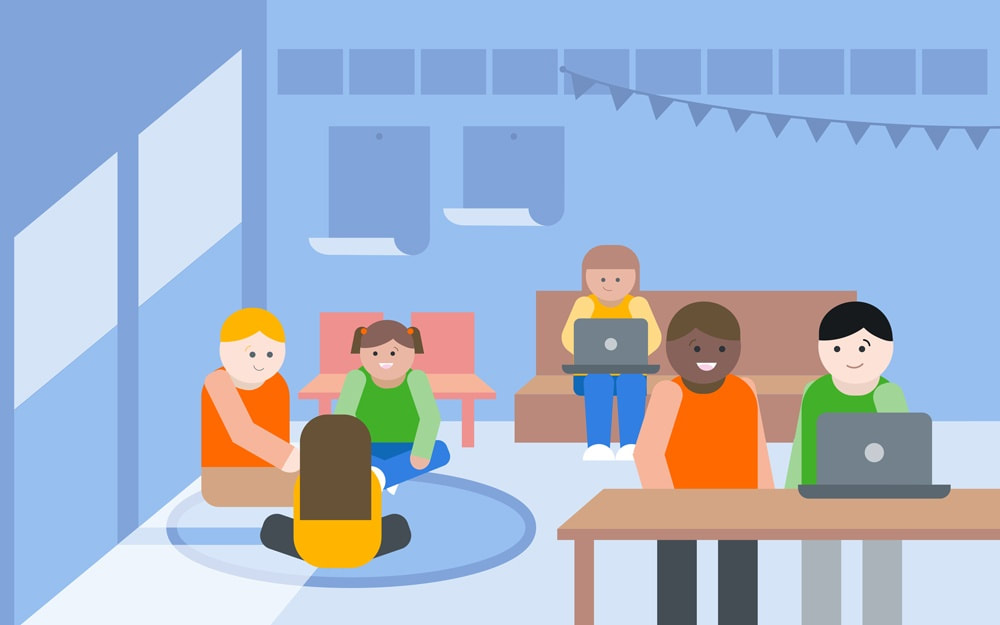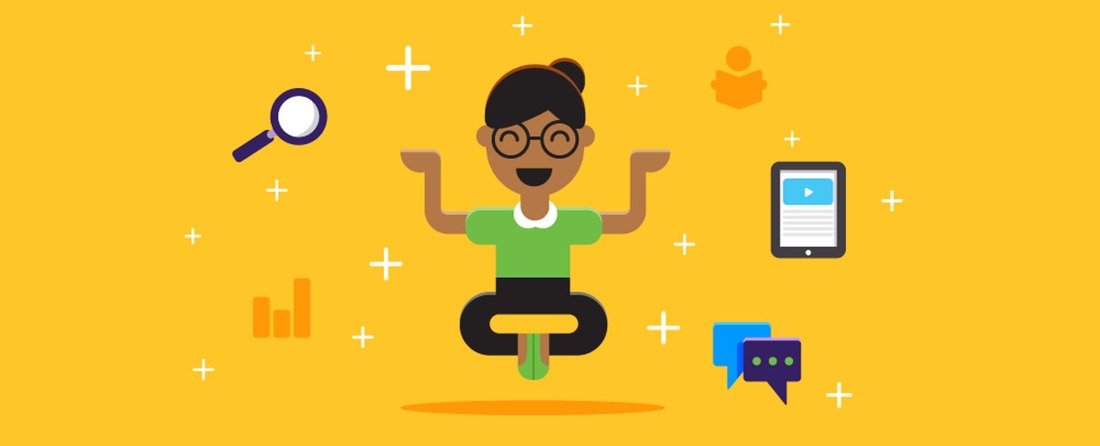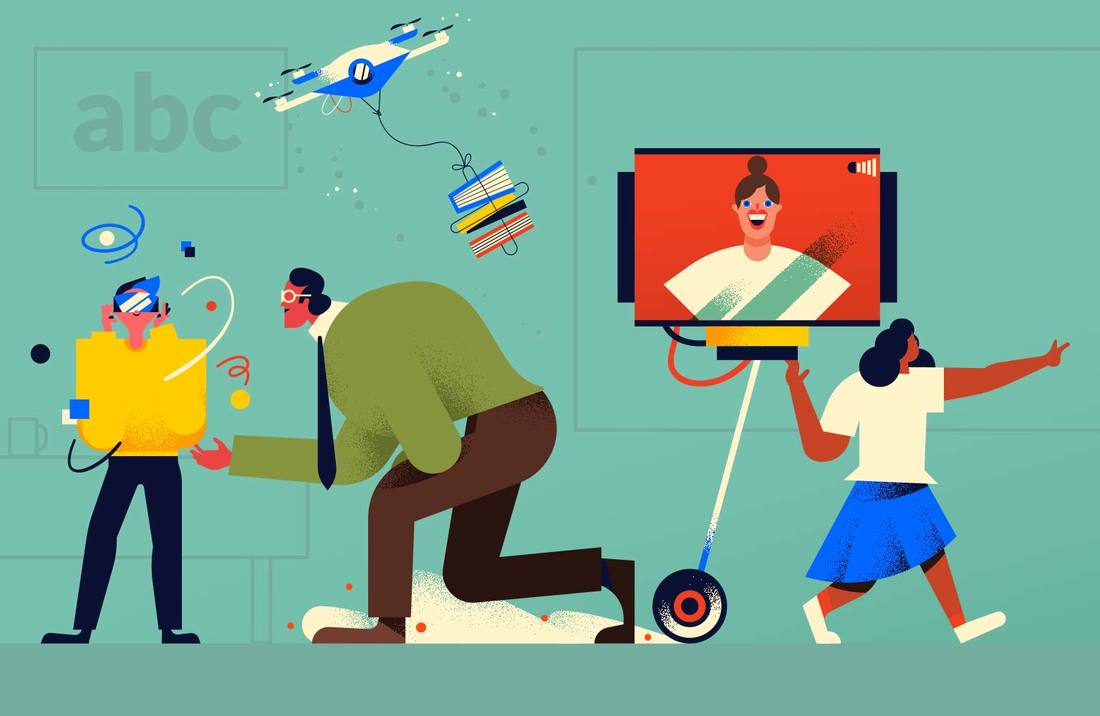| Unityoga.org |
personalized learning toolkit |
Resources for personalizing learning and cultural responsiveness in the differentiated classroom. |
|
Personalized Learning (May 14, 2015). In S. Abbott (Ed.), The glossary of education reform. Retrieved from http://edglossary.org/personalized-learning
Student-centered learning (May 7, 2014). In S. Abbott (Ed.), The glossary of education reform. Retrieved from http://edglossary.org/student-centered-learning |
Personalized Learning:
"Or personalization, refers to a diverse variety of educational programs, learning experiences, instructional approaches, and academic-support strategies that are intended to address the distinct learning needs, interests, aspirations, or cultural backgrounds of individual students. Personalized learning is generally seen as an alternative to so-called “one-size-fits-all” approaches to schooling in which teachers may, for example, provide all students in a given course with the same type of instruction, the same assignments, and the same assessments with little variation or modification from student to student. Personalized learning may also be called student-centered learning, since the general goal is to make individual learning needs the primary consideration in important educational and instructional decisions, rather than what might be preferred, more convenient, or logistically easier for teachers and schools." (Personalized Learning, 2015) |
Advocates of student-centered learning tend to emphasize a few fundamental characteristics:
(Student-centered learning, 2014)
- Teaching and learning is “personalized,” meaning that it addresses the distinct learning needs, interests, aspirations, or cultural backgrounds of individual students.
- Students advance in their education when they demonstrate they have learned the knowledge and skills they are expected to learn (for a more detailed discussion, see proficiency-based learning).
- Students have the flexibility to learn “anytime and anywhere,” meaning that student learning can take place outside of traditional classroom and school-based settings, such as through work-study programs or online courses, or during nontraditional times, such as on nights and weekends.
- Students are given opportunities to make choices about their own learning and contribute to the design of learning experiences.
(Student-centered learning, 2014)
How to use this site:
- Below are the three sections of this website that include summaries, resources, and ideas for Student-Centered Learning, Cultural Responsiveness, and (differentiated) Assessment/ (determining) Background Knowledge.
- Press the 'Learn More' buttons for each section to read about and discover resources for personalizing the classroom.
- You can navigate to any page using the buttons found at the top and bottom of each page.
- *Do not use the drop down menu at the top or the footer bar at the bottom for navigation, they will lead to a different website.
- On the page for each topic you will find:
- Some quotes from resources as well as section titles followed by:
- A brief introduction to the topics and explanation of the resources.
- Some links to resources to help understand, modify, and implement the personalization strategies for cultural responsiveness in a differentiated classroom.
- Finally there are buttons for navigating to the other parts of the website.
- There is also a forum where you can find additional resources and share your own ideas and impressions!
- References and resources are listed and linked on the references page.
Navigation
Section OneStudent Centered Learning:
|
Section TwoCultural Responsiveness:
|
Section ThreeAssessment and Background Knowledge:
|
|
Unityoga.org
one Y? one answer... |



